Here's where we share our extensive building knowledge with our clients and other interested parties. We've been in business for over forty years so we have a lot of knowledge to share.
This is a new initiative for us so, initially, there will only be a few articles. But we intend to grow it over time to an extensive knowledge source for all matters building and passive fire prevention related. So make sure you come back often to see how our library has grown.
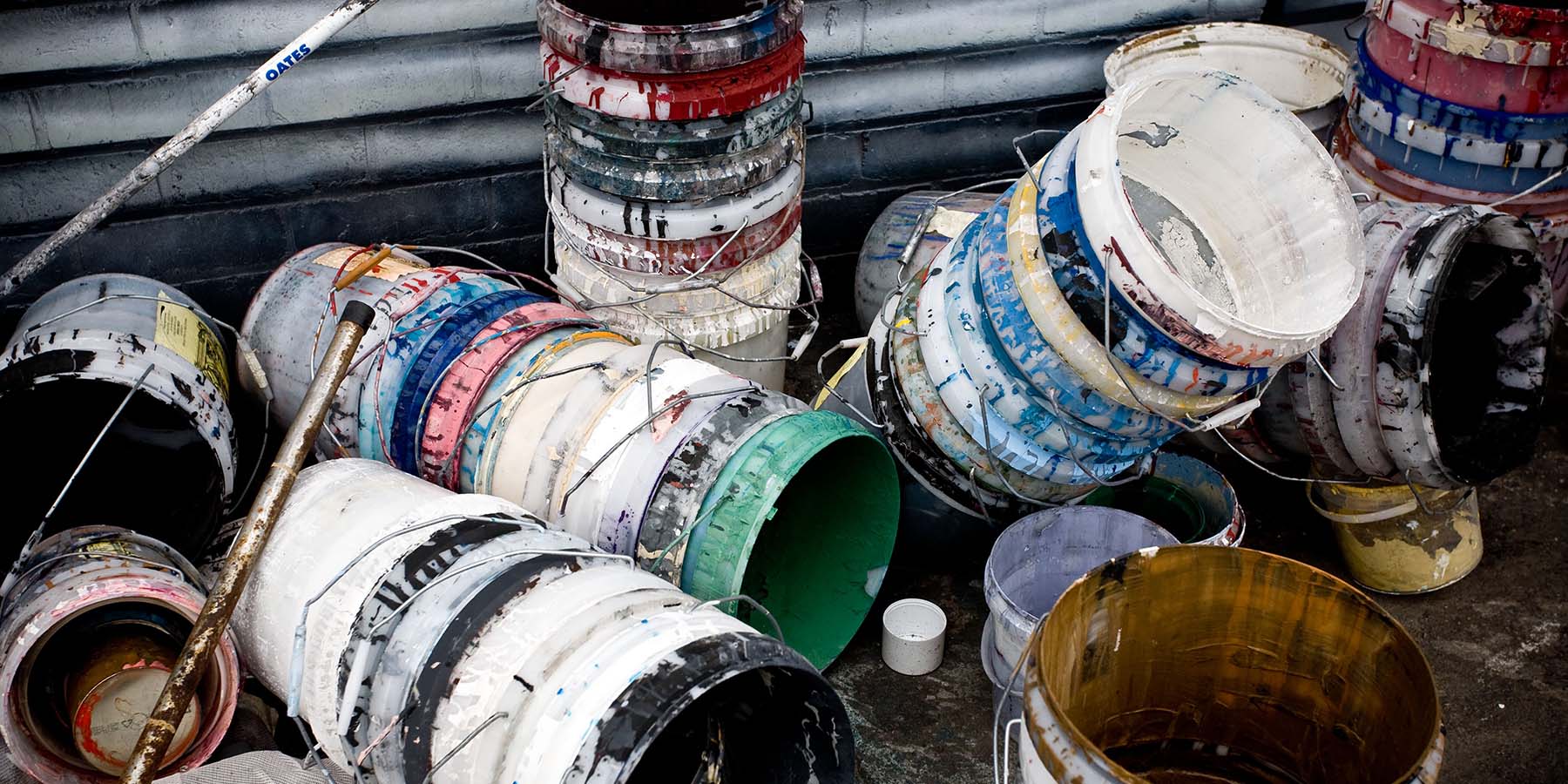
There are a variety of intumescent coating types with different properties and application methods. Which type is the best for your situation?
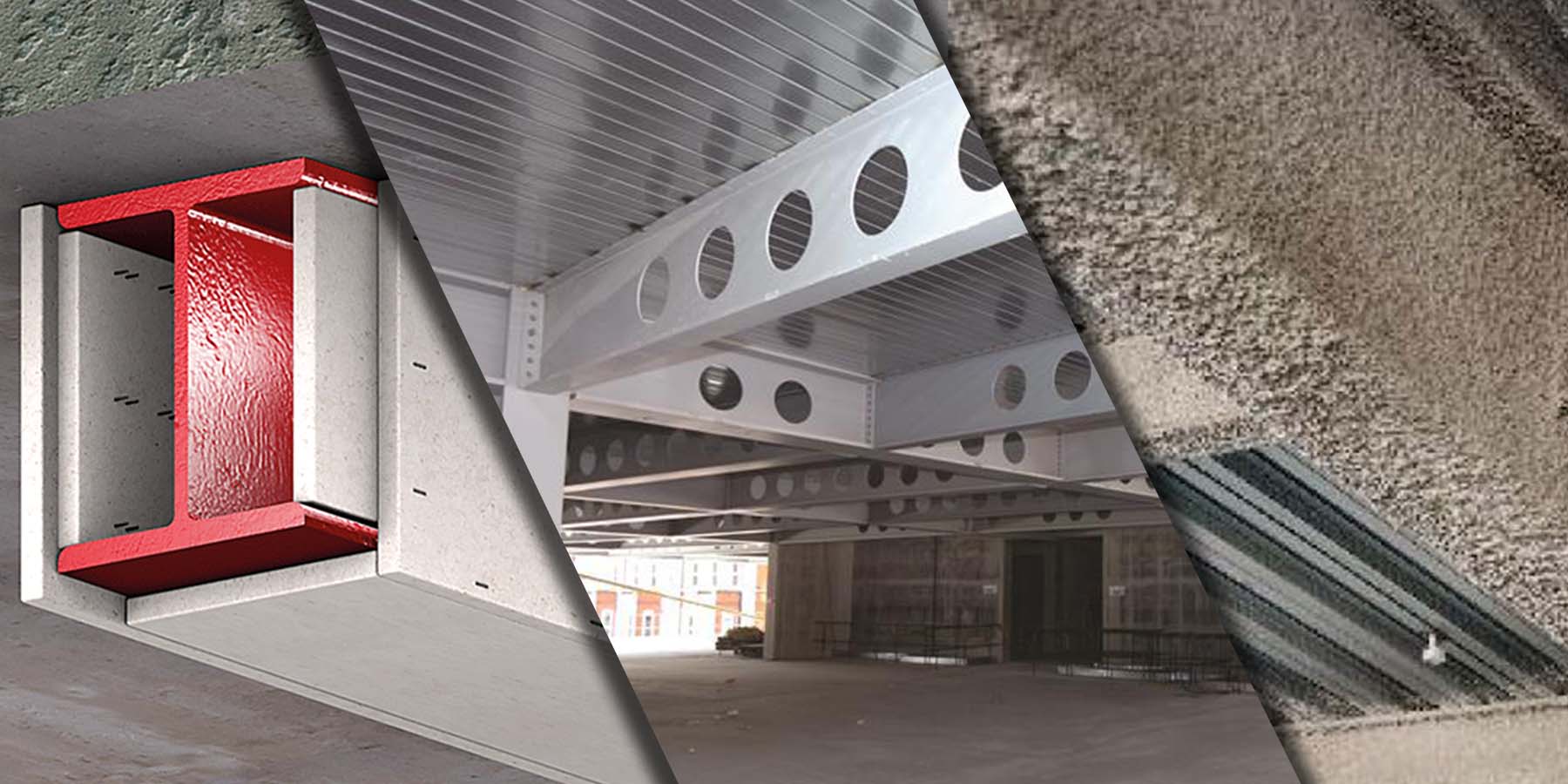
There are several ways to protect building structural work. Whilst some methods may be more prevalent, there is no one "best way" to protect a building's structure. The best method will most likely be determined by a number of factors, but here are your options.
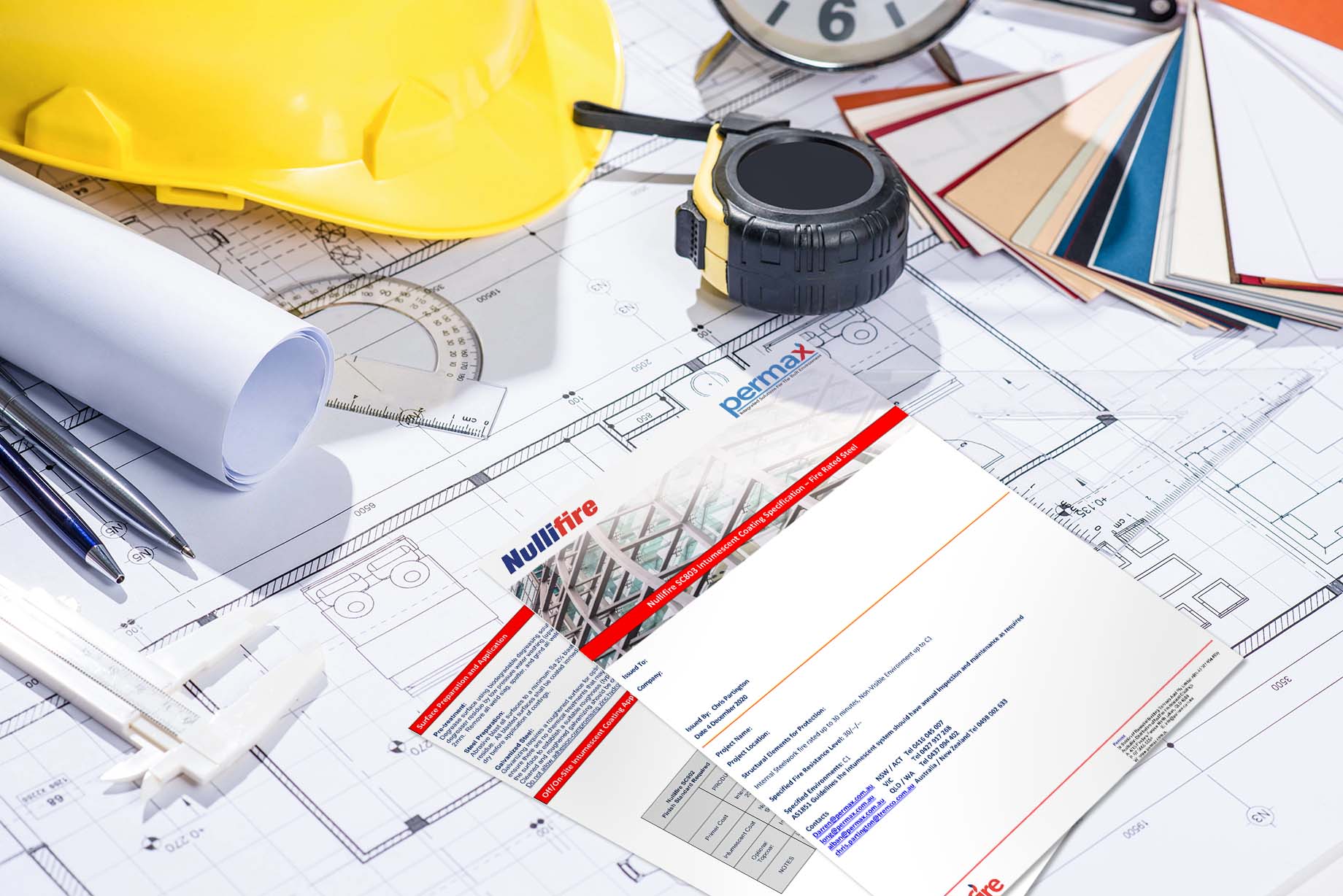
Access a range of templates supplied by manufacturers for the purposes of specifying their intumescent paint coating products for various FRLs and corrosivity ratings.
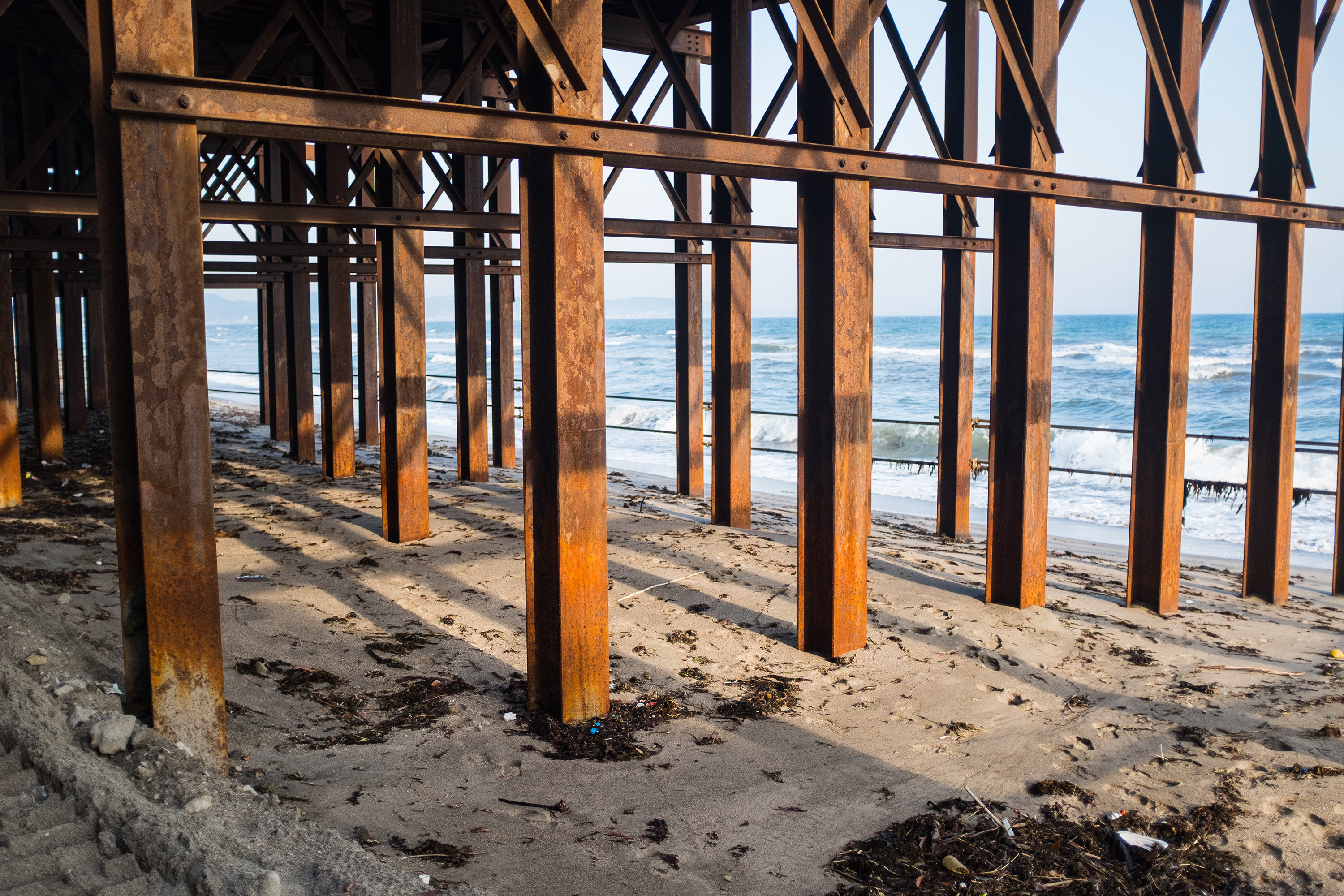
It's common knowledge that corrosion rates are affected by environmental factors, but do you know the various corrosivity ratings and their definitions?

Maintaining structural adequacy on load-bearing steel is critical to the fire safety of building occupants, fire fighters and the surrounding built environment. Here's how limiting steel temperatures to maintain structural integrity relates to intumescent paint coatings.

The specifying and application of an intumescent coating system is a highly specialised task that requires considerable training and experience to accomplish correctly.
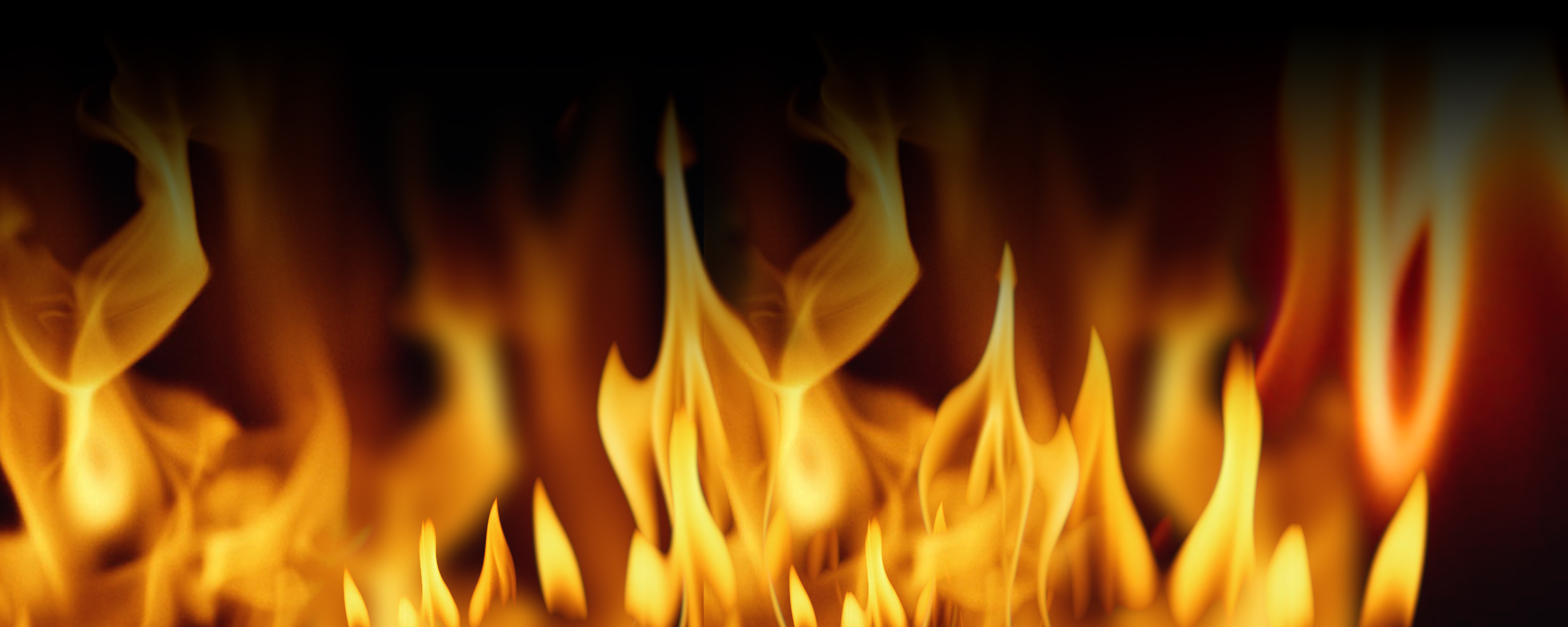
Different combustible materials burn at different temperatures which will have a bearing on the FRL of a given intumescent paint coating. This needs to be taken into account when specifying intumescent products so that the required FRL is ensured for the combustible materials that are likely to be encountered in a particular situation.
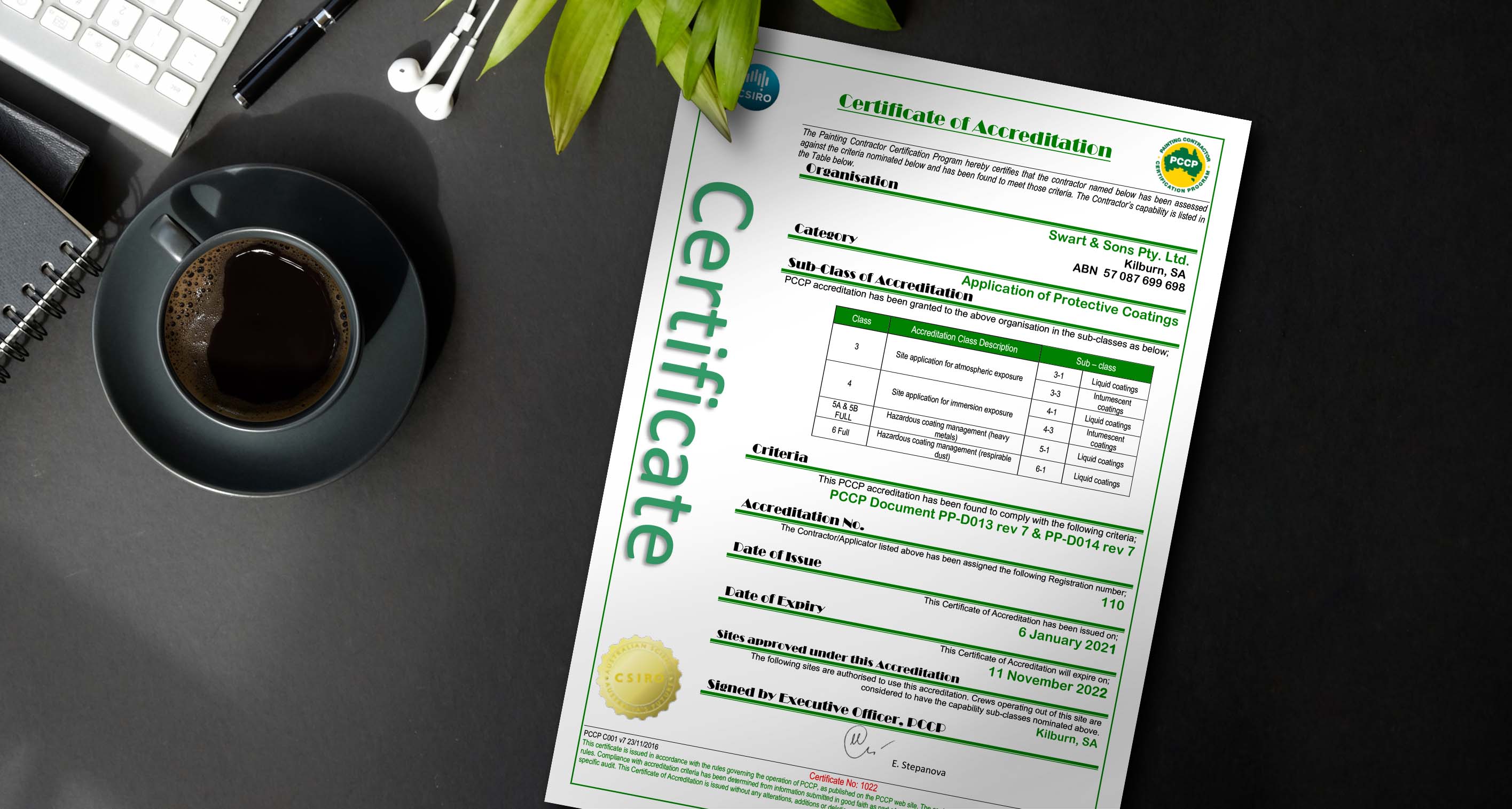
We believe Painting Contractor Certification Program (PCCP) accreditation is paramount for passive fire protection contractors engaged in applying intumescent paint coating systems.

Whilst intumescent coating products may look just like paint, they have an important function (i.e. passive fire protection) that makes their specification a much more involved process.
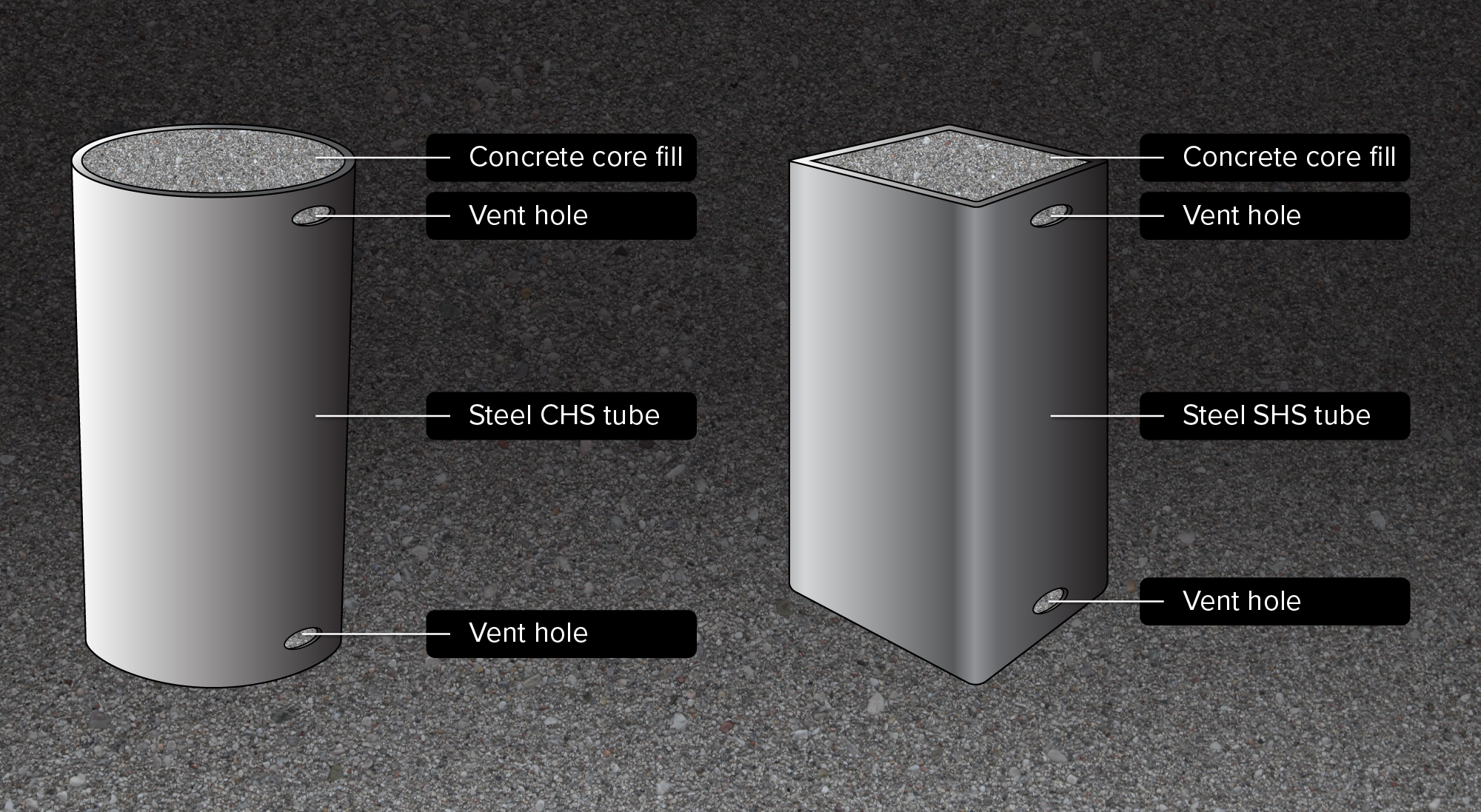
Core filling is a viable solution to fire-protect high Hp/A hollow section steel that is otherwise unable to achieve the desired FRL.
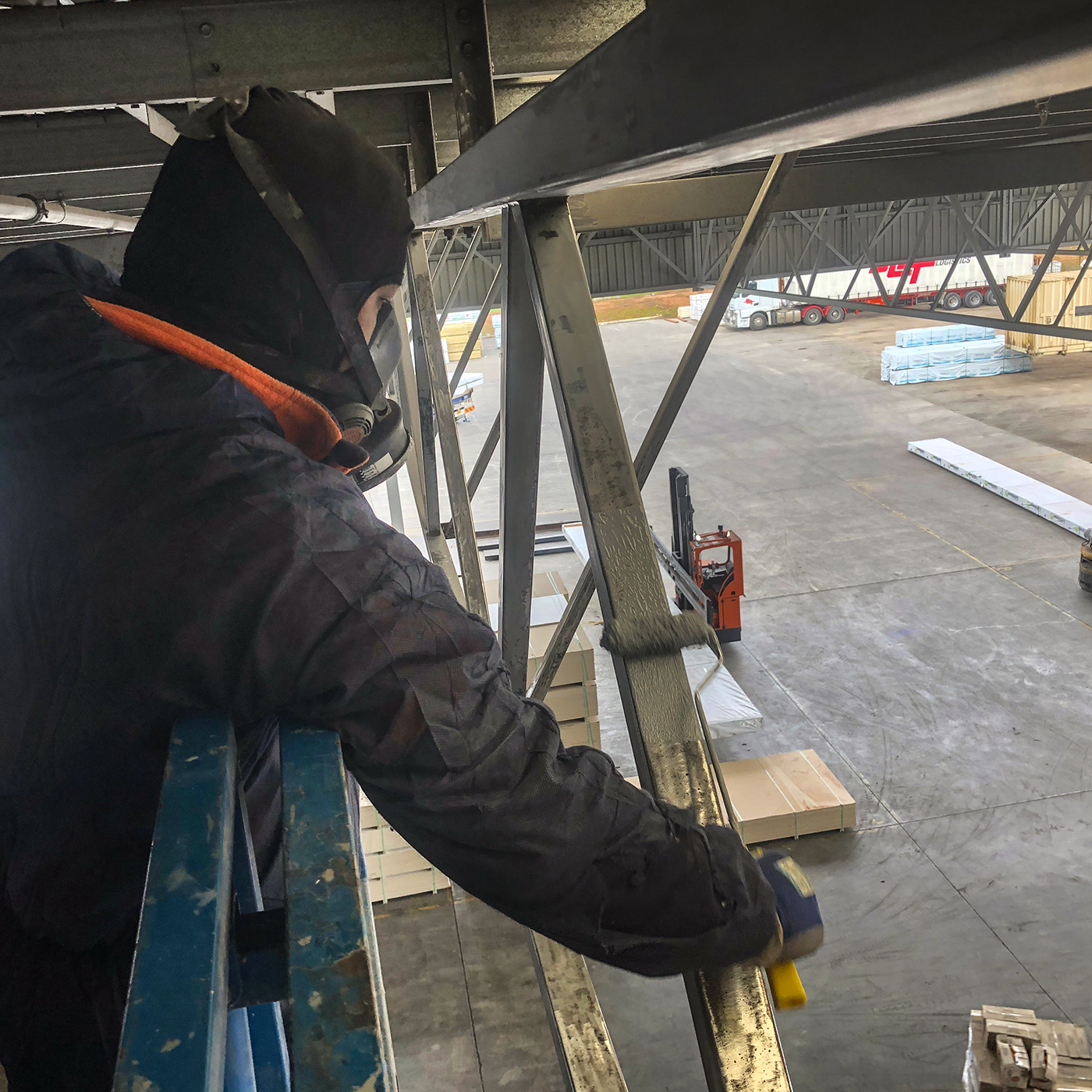
Builders need to choose appropriately qualified subcontractors that are licensed to do work in the relevant state or territory, i.e. they are licensed to apply intumescent paint coatings.

Apart from the requirements of the NCC and the interpretation of what it means, the terminology for each technology type and abbreviations there are many other other confusing terms. We've compiled this glossary to assist in the understanding of commonly used terms in fire protection.

A variety of finish standards can be achieved depending on the look desired and the available budget. Naturally a higher level of finish is going to be more labour and material intensive and will therefore cost more.

This lifecycle diagram shows the life of an intumescent coating system, from FRL identification to the specification of the intumescent coating system, its application, documentation and maintenance.

There are many types of intumescent paint coatings available from many different manufacturers, all with varying specifications, uses, properties and abilities. Choosing the correct one is imperative.
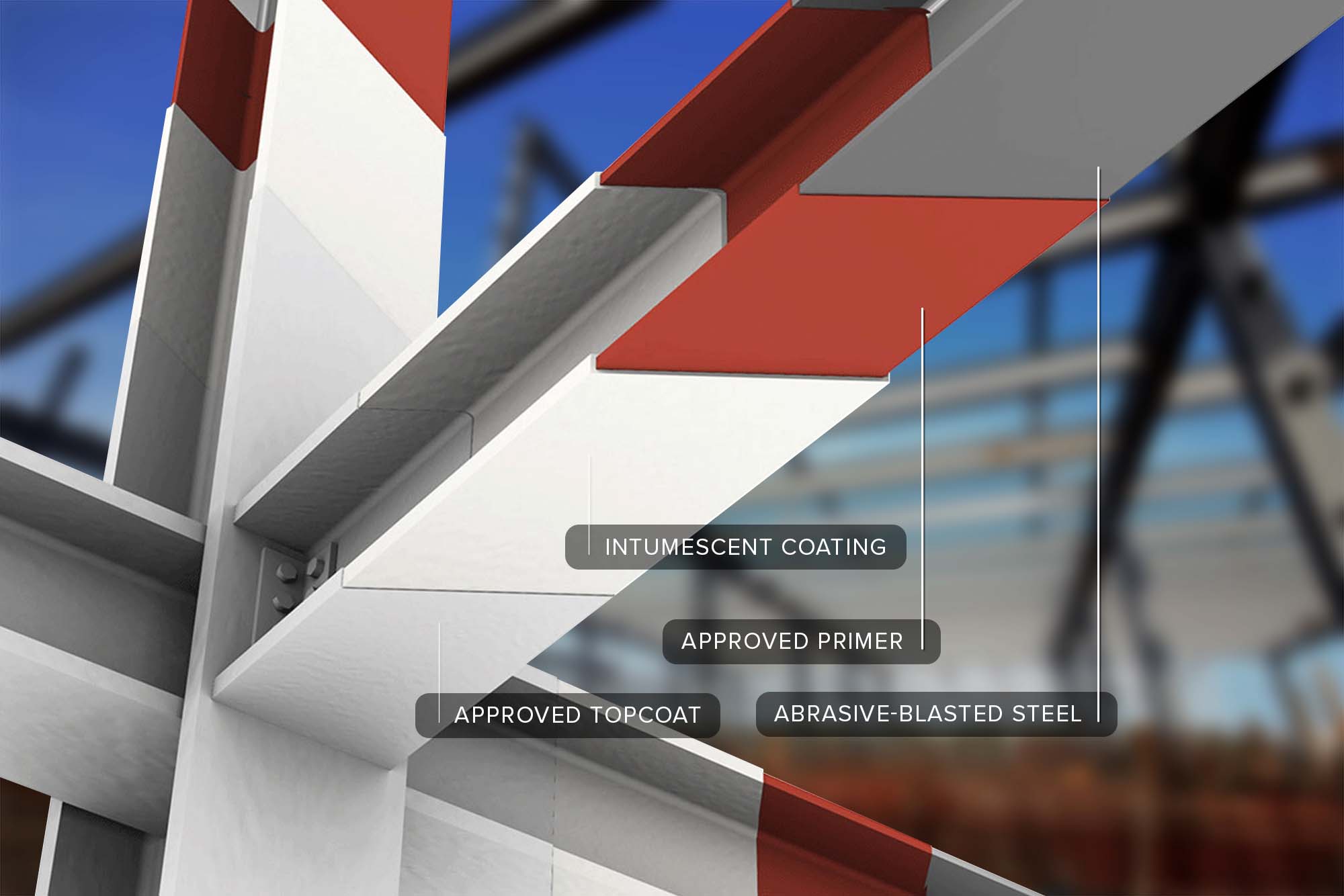
Intumescent paint coating systems aren't like regular paints... there are three necessary parts.

In Australia, fire ratings levels (FRLs) are required by the National Construction Code as expressed in the "Building Code of Australia - volumes 1 and 2" (BCA).

Intumescent coatings provide a means of achieving the required FRLs without having to encase structural steel in other materials.

You've probably heard the term "intumescent coatings" a lot but what exactly are they and what do they do?

Learn how the ratio between steel surface area and thickness determines the correct type and amount of coating to apply.




